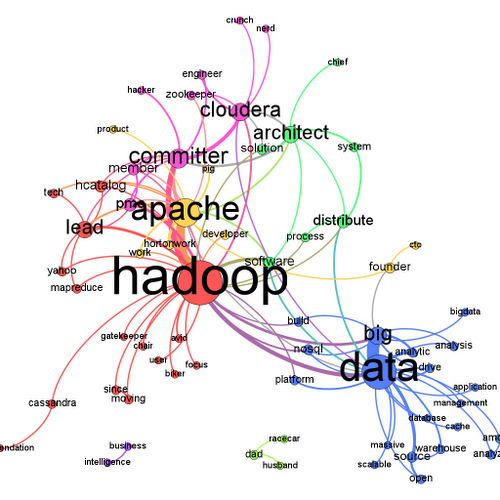
With the rise of Big Data’s prominence in the world of e-commerce and marketing, there comes with it a need to know how to best use it for purposes of customer outreach and promotions. Data integration has become a crucial piece in the puzzle of how to stay ahead of the competition.
Let’s take a look first of all at the definitions of Big Data and data integration, then move on to how it’s applied to strategic marketing.
Big Data and Data Integration Defined
Big Data consists of huge amounts of information that are brought together from many sources, using traditional and modern methods, and made available in both structured and unstructured forms. The word “big” refers to not only the amount of information, but the ease of getting it and the speed involved. Big Data includes Internet traffic, popular searches, geographic information, buying patterns, and demographics.
Data integration is a collective term for tools and processes that combine data from many sources (such as the aforementioned Big Data) into a form that’s easily used by a business in order to make decisions. Or, as stated in the article How Data Integration Tools Can Turbocharge Your Marketing, “Data integration takes in big data analytics, marketing automation, and business intelligence. With data integration tools, companies can maximize return on the investment in these data channels.”
Using Data Integration Tools
Consider data integration to be the targeting sight on a very large gun. Sure, you may have this enormous weapon at your beck and call, but if you can’t aim it, it’s pretty much useless. You need to have a means of knowing just where to bring your full firepower to bear in order to score a direct hit. That’s what data integration does.
Data integration tools, such as point of impact analytics, virtual or incremental data delivery, and data warehousing, are essential in presenting data in such a way that it helps you to decide where to allocate marketing resources in order to reach out to people. Armed with data culled from various integration methods, which have in turn gleaned that information from various Big Data sources, your marketing department can tailor-make promotions and events for particular demographic groups and promote them accordingly.

Let’s Not Forget The Cloud!
With more information being saved in cloud storage, you have to make sure that you can integrate and synchronize that data, as well as keeping said data consistent during migration between cloud-base storage and on-site databases and systems. Data integration helps here as well, and it’s most advisable to have a data integration solution in place before overly relying on the cloud for your data processing needs.
Otherwise, you end up with simply another silo filled with data that’s set apart, not being properly utilized and yet still posing an expense. The right data integration solution brings cloud data into the fold.
Some Examples
Here are two examples of the kinds of data that can be processed and presented in a way that is most useful for your business.
- Social Media. Big Data gathered from social media helps your business to focus on what interests your customers and how they want to be reached. Conducting campaigns through social media help you measure your outreach success and helps determine which promotions are the most buzzworthy. Using social media Big Data could guide you in deciding when to offer a special deal, and if it’s something best aimed at younger consumers or more mature ones.
- User Profiles. By collecting histories of a large sampling of Web users and monitoring their behavior and habits, you can have user profiles to help determine which direction you should take marketing. These profiles include information such as web-search histories and spending habits, and this serves as an indicator of what kind of campaigns you should launch, when you should do launch it, and who your audience should be. User profiles are crucial if you’re practicing niche marketing. Perhaps you want to target people who make props for Halloween; determining their search histories can help in deciding what materials to offer on sale, and when.
The Future Of Online Marketing
If there’s one thing you can take away from all of this, it’s the fact that Big Data is changing business for the better. Elements such as Big Data and cloud storage are just new tools to be used by the enterprising business that wants to stay ahead of the pack, while providing customers with the best experience possible.







